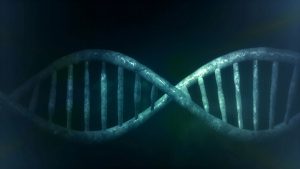
Does bat DNA hold the answer to aging well?
A new study published in Nature Communications shows that the age of bats can be predicted with high accuracy based on DNA methylation patterns. A

A new study published in Nature Communications shows that the age of bats can be predicted with high accuracy based on DNA methylation patterns. A
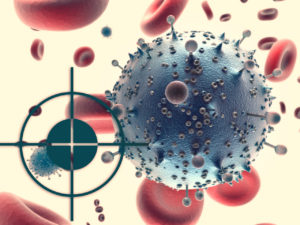
Abstract Developing safe and efficient non-viral delivery systems remains a major challenge for in vivo applications of gene therapy, especially in cystic fibrosis. Unlike conventional

A golden opportunity to treat glioblastoma Glioblastoma (GBM) is a difficult cancer to treat, partly due to the blood-brain and blood-tumor barriers. Kumthekar et al. studied NU-0129,
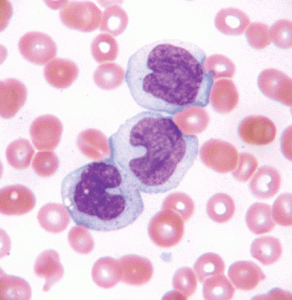
Abstract BACKGROUND Genomic analysis is essential for risk stratification in patients with acute myeloid leukemia (AML) or myelodysplastic syndromes (MDS). Whole-genome sequencing is a potential

Key Points SCD patients have elevated cell-free mitochondrial DNA (cf-mtDNA) that can be sourced to abnormal retention of mitochondria in RBCs The cf-mtDNA is disproportionately

Abstract Genotoxic colibactin-producing pks+ Escherichia coli induce DNA double-strand breaks, mutations, and promote tumor development in mouse models of colorectal cancer (CRC). Colibactin’s distinct mutational signature is reflected
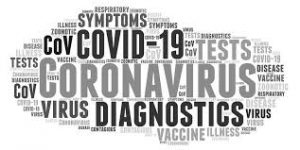
Concerns about coronavirus variants that might be partially resistant to antibody defences have spurred renewed interest in other immune responses that protect against viruses. In
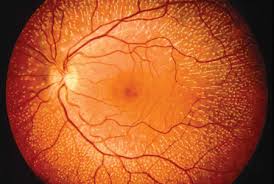
Significance Alu elements, comprising more than 10% of the human genome, propagate via retrotransposition. This genomic expansion requires enzymatic activity of L1 that reverse transcribes Alu RNA into Alu cDNA
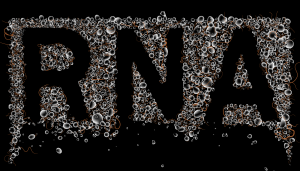
Identifying transcript location in cells Identifying where specific RNAs occur within a cell or tissue has been limited by technology and imaging capabilities. Expansion microscopy

Researchers from the UCLA Jonsson Comprehensive Cancer Center say have developed a simple, high-throughput method for transferring isolated mitochondria and their associated mitochondrial DNA into
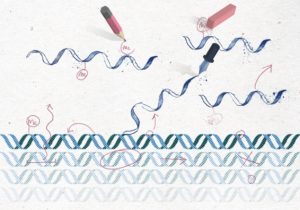
One mouse is hunched over, graying, and barely moves at 7 months old. Others, at 11 months, have sleek black coats and run around. The
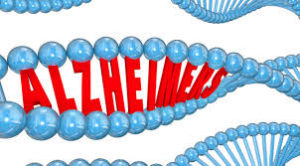
Targeting astrocytes in AD Astrocytes and microglia play a dual role in Alzheimer’s disease (AD), increasing neuroinflammation and limiting plaque growth through phagocytic activity. The
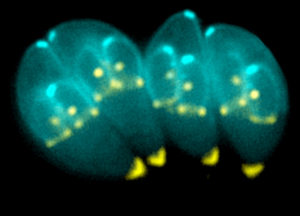
To reduce the occurrence of toxoplasmosis, scientists at the University of Zurich decided that they would pounce on oocyte production, the stage in the toxoplasmosis
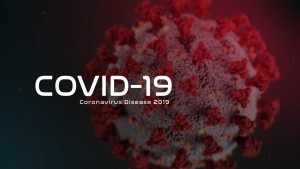
Abstract Host-mediated lung inflammation is present,1 and drives mortality,2 in critical illness caused by Covid-19. Host genetic variants associated with critical illness may identify mechanistic targets for
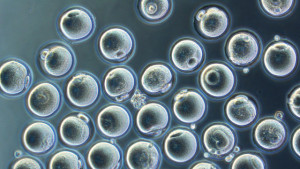
Abstract During female germline development, oocytes become a highly specialized cell type and form a maternal cytoplasmic store of crucial factors. Oocyte growth is triggered
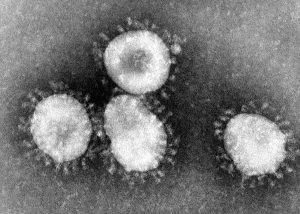
Abstract Viral whole-genome sequencing (WGS) provides critical insight into the transmission and evolution of Severe Acute Respiratory Syndrome Coronavirus 2 (SARS-CoV-2). Long-read sequencing devices from
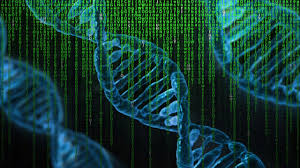
A new drug offers hope for young boys with the progressive neuromuscular disease Duchenne muscular dystrophy (DMD) by potentially offering an alternative to high-dose glucocorticoids
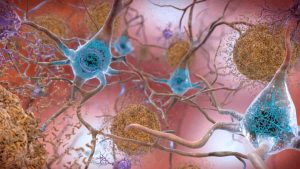
Abstract Neurodegeneration in Alzheimer’s disease (AD) is closely associated with accumulation of pathologic tau aggregates in the form of neurofibrillary tangles. We found that a
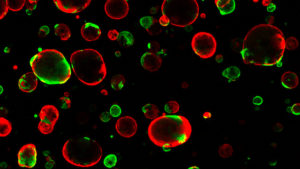
E fforts to use regenerative medicine—which seeks to address ailments as diverse as birth defects, traumatic injury, aging, degenerative disease, and the disorganized growth of
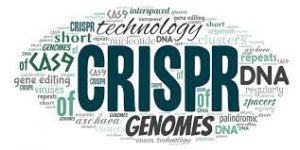
Editing genes in human embryos could one day prevent some serious genetic disorders from being passed down from parents to their children — but, for

Over the past few months, a number of drugs have been under investigation to treat COVID-19 without well-established safety or data to support these claims.
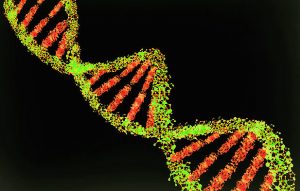
The formation of four-stranded DNA has been tracked in living human cells, allowing scientists to see how it works, and its possible role in cancer.

Scientists have identified an oncogene (a cancer-causing gene) responsible for glioblastoma, the deadliest brain tumor. The discovery offers a promising new treatment target for a
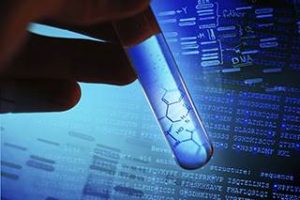
In a biological beating of swords into plowshares, researchers have converted a bacterial toxin into a genome editing tool that, for the first time, can
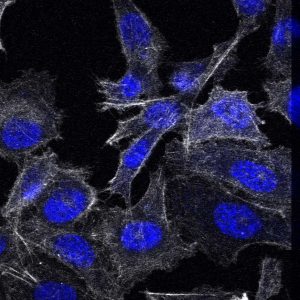
Prostate cancer is a leading cause of death from cancer in the US and especially in the Philadelphia region. Consistently, Philadelphia has outpaced the state
Created by ePubSystems. Contact Us for similar site for your university or institute.